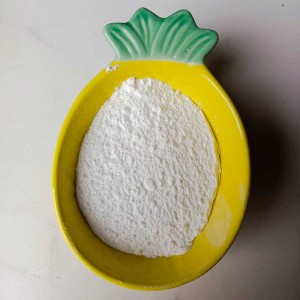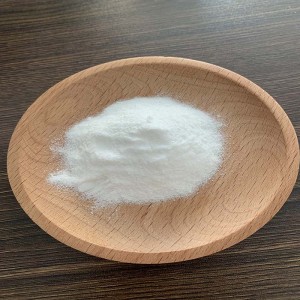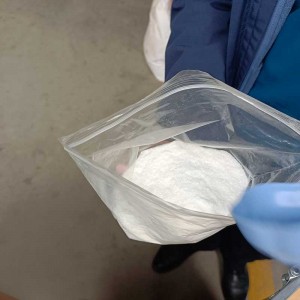
products
High Quality CAS 94-24-6 Tetracaine / Tetracaine Base Powder / Tetracaine Powder in Stcok
Product details
MF: C15H24N2O2
MW: 264.36
CAS: 94-24-6
1.Tetracaine is white crystal or crystalline powder, odorless, slightly bitter and numb. Soluble in water, soluble in ethanol, insoluble in ether or benzene.
2.Block the voltage dependent sodium channel, block the conduction, and produce anesthetic effect.
3.Local anesthetics have lipophilic effect, and non dissociative type is the necessary condition for penetrating into the nerve, and after penetrating into the nerve, they must be transformed into dissociated charged cations to play their role. Different local anesthetics have different proportions of dissociated non dissociated anesthetics.
4.Toxic reaction: the efficacy intensity of this product is 10 times that of procaine, and the toxicity is also 10 times higher than that of procaine. The incidence of toxic reaction is also higher than that of procaine. It is often caused by large dose, fast absorption or improper operation. For example, the blood concentration is too high due to mistakenly injecting into the blood vessel. The symptoms of overdose poisoning include dizziness, chemical Book dizziness, followed by shivering, tremor, panic, and finally convulsion and coma, as well as respiratory failure and blood pressure drop, which need to be rescued in time. Allergy: sudden death can be caused to allergic patients, which should be paid attention to even during surface anesthesia. It can produce skin rash or urticaria, edema in the face, mouth or (and) glossopharyngeal area, etc.
5.Epidural block: the common concentration is 0.15 ~ 0.3% solution, combined with lidocaine hydrochloride, the maximum concentration is 0.3%, the common amount is 40 ~ 50mg at a time, and the maximum amount is 80mg. Subarachnoid block: its mixed solution (1ml of 1% tetracaine hydrochloride mixed with 1ml of 10% glucose injection and 1ml of 3% ephedrine hydrochloride mixed with chemicalbook) is commonly used. The common amount is 10mg at a time, 15mg is the limit, and 20mg is the maximum amount. Nerve conduction block: the common concentration is 0.1% ~ 0.2%, the common amount is 40 ~ 50mg at a time, and the maximum amount is 100mg. Mucosal surface anesthesia: the common concentration is 1%, ophthalmology uses 1% isotonic solution, otorhinolaryngology uses 1 ~ 2% solution, and the limit of one time is 40mg.
Application
The intensity of local anesthesia is 10 times that of procaine, and the effect can last for 2 ~ 3H, with strong penetration. It is mainly used for surface anesthesia of eyes, nose, throat and urinary tract. After absorption, it can cause convulsion, and then turn to respiratory depression. Generally, it is not used for anesthesia such as infiltration and conduction.
















